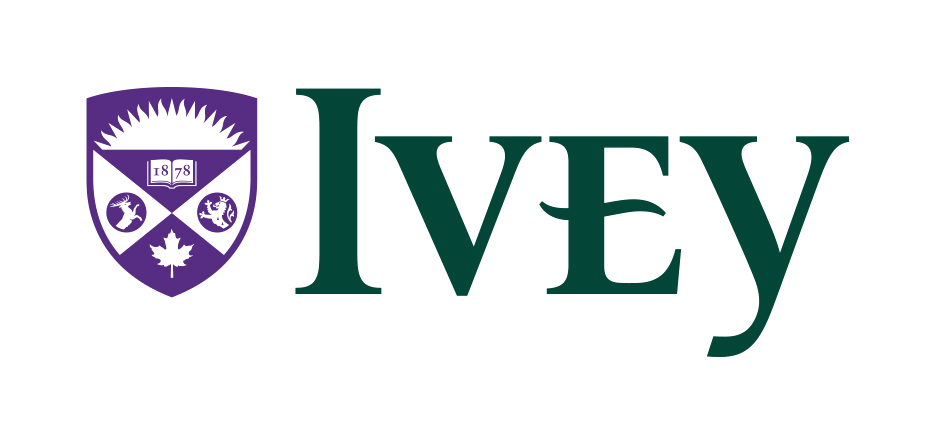Global Economy, Markets and Strategy

Agenda
- Case: Uber: Competing Globally.
- Market Entry Problems.
- Regulatory Environment Faced by Uber.
Thought experiment.
Suppose there are four firms considering entering into an untapped market.
- If only one firm enters it will earn monopoly profits (high).
- If only two firms enter, they will earn duopoly profits (low).
- If only three firms enter, they will earn competitive profits (none).
- If all four firms enter, they will earn negative profits.
- Not entering earns zero profits.
- Firms have to make their decision to enter without knowing what the other will do.
How does a firm decide whether they are going to enter?
Market Entry Games.
A stylized economic problem in which a number of agents have to choose independently whether or not to undertake some activity.
- Firm competition.
- Go to a popular bar.
- Choosing a commuting route.
In each case, the return among agents is decreasing in the number of participants.
How does Uber's business work?
What is Uber's competitive advantage?
How does Uber set prices in each market?
Why does surge pricing occur? What issues do they face when this happens?
What kinds of challenges has Uber faced as it entered new markets?
Among the markets discussed in the case, which was the most attractive at the time of entry? Which was the least attractive?
Relevant factors for market entry
| Demand factors | Competitive factors | Regulatory factors |
A key feature in several locations was the restriction of supply of taxis in the local market. What effect does this have on Uber's ability to unlock profits?
How can a supply and demand framework reveal the nature of this situation?
Takeaway.
One of Uber's competitive advantages is regulatory arbitrage.
Creating a path to victory.
| New York | Shanghai | Accra | |
| Customers | Loved convenience, price, quality. | Enjoyed subsidized rates, had alternatives. | Adoption slowed by fraud, alternatives. |
| Competitors | Taxis brought lawsuits. | Competitors subsidized, then merged, then bought out Uber. | Taxi strikes, govt. petitions, labor protests. |
| Regulators | Restrictions like taxis. | Rules threatened Uber's existence. | Increased restrictions due to taxi petitions. |
A variety of market conditions...why would Uber do this? What were they betting on? Why didn't this work in every market?
So, what is Uber's competitive advantage?
Regulatory risk tolerance.
Uber was willing and able to enter markets that they knew would produce pushback from regulators and incumbents.
- No other ridesharing firm was quite so willing to take these risks.
- How Uber executed on this was regulation-specific.
"From its inception, Kalanick operated Uber by the motto growth above all else, with an ask for forgiveness, not for permission mentality when it came to expansion into new markets and interactions with regulators and competitors."
Regulation changes over time.
What will stop governments from making Uber another highly-regulated taxi replacement?
What can Uber realistically expect as a best-case scenario in the London, UK market?
Key takeaways.
- An economic analysis of the case's markets Uber entered reveals large differences in their profit potential.
- It is plausible to argue Uber's competitive advantage is its regulatory risk tolerance.
- It is unlikely for the ride-share market to offer a winner-take-all reward to any company, including Uber. Even if Uber does push out other firms, regulators are likely to step in and adjust the market like with traditional taxi cabs.